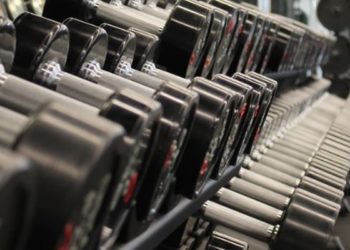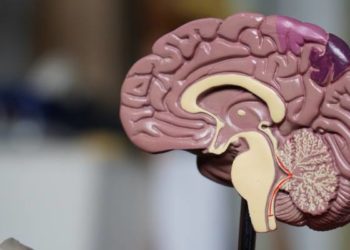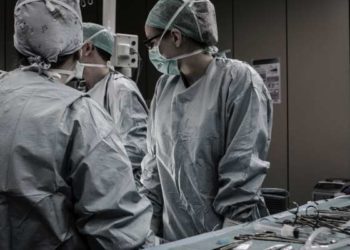Paretic limbs suffer greater loss of bone mineral density following stroke
1. BMD may differ on paretic and nonparetic sides in stroke patients with a history of falling and balance deficits
Evidence Rating Level: 2 (Good)
There is an increased risk of fracture due to poststroke osteoporosis. These injuries particularly affect the hip. However, current recommendations rarely recommend bone mineral density (BMD) measurements as a follow-up in the management of this patient population. This cross-sectional study aimed to compare the femoral hip BMD between the “fallers” and “nonfallers” in stroke patients. BMD was measured at the femoral neck using dual-energy x-ray absorptiometry. Additionally, the study aimed to identify any differences in balance (Berg balance scale (BBS)), mobility, fear of falling (falls efficacy scale-international (FES-I)), and exploring discrepancies between paretic and noparetic sides within each group. Of the 44 enrolled patients, 22 reported falling. No significant difference was seen between BMD in paretic femoral neck, nonparetic femoral neck, and lumbar spine between the fallers and nonfallers (p = .504, p = .197, p = .667, respectively). T-scores followed a similar trend (p = .457, p = .194, p = .693, respectively). Additionally, there was a significant difference between the BMD and T-score bilaterally in fallers (p = .007, 95% CI −0.06 to −0.01; p = .006, 95% CI −0.51 to −0.09) but not in nonfallers. Balance (BBS) was significantly lower in fallers (p = .033, 95% confidence interval [CI] 0.17–19.05). Fear of falling (FES-I) was significantly higher in fallers as well (p = .001, 95% CI −22.40 to −6.50).
Click to read the study in PM&R
Image: PD
©2024 2 Minute Medicine, Inc. All rights reserved. No works may be reproduced without expressed written consent from 2 Minute Medicine, Inc. Inquire about licensing here. No article should be construed as medical advice and is not intended as such by the authors or by 2 Minute Medicine, Inc.







